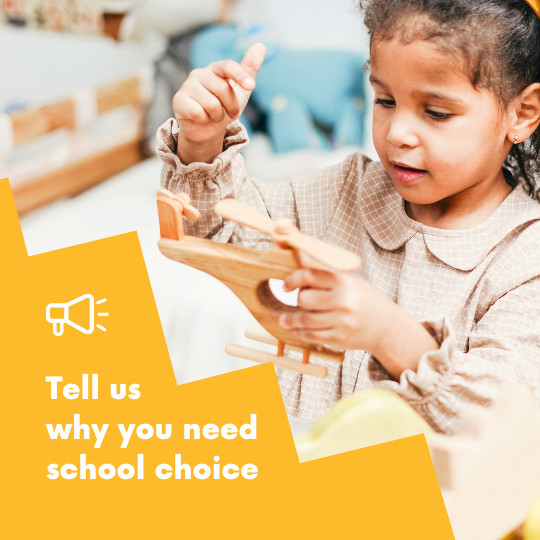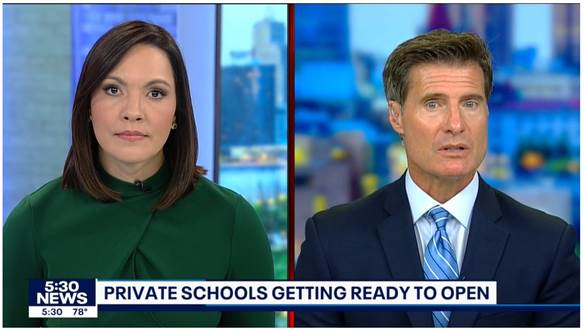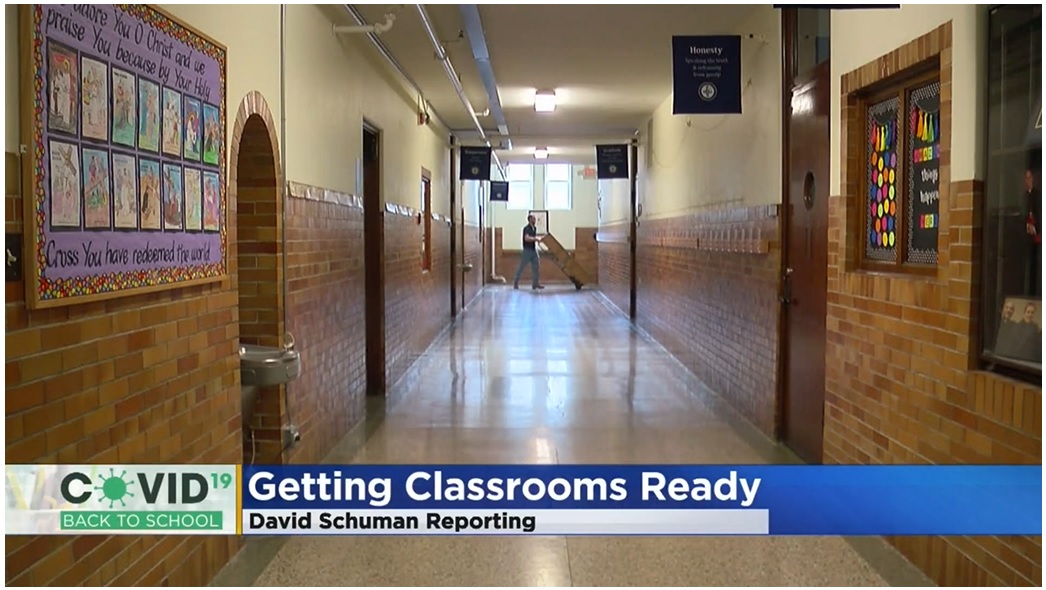Legislation introduced in both the Minnesota House and Senate would bring flexibility and innovation to students’ K-12 education journeys.
Under H.F. 19 and S.F. 244, Minnesota would establish an education savings account (ESA) program allowing families to direct a portion of the education dollars already allocated by the state for their child (in this case around $7,000) toward a variety of educational services — from tutoring to special education services and therapy to individual classes at the local public school to nonpublic school tuition.
Each student’s learning needs are unique, and a centralized school system simply can’t specialize in every way. ESAs make that specialization possible.
How do ESAs work?
An ESA program allows parents to use the funds that would have been allotted to their child at their resident school for pre-approved educational expenses of their parents’ choosing. These educational services are often purchased through digital marketplaces using debit-like cards that only work on pre-approved expenses (the money is never directly in parents’ hands).
As an example, imagine how Amazon works and how you pay for eligible health-related expenses with a health savings account (HSA) card.
A parent selects from a list of pre-approved education providers and services and adds what their child needs to an online “shopping cart” of sorts. For one parent, perhaps that is tuition to the private school that specifically serves neurodiverse learners. For the parent who home educates, perhaps their child would benefit from math tutoring, so they add tutoring and a supplemental math curriculum. Or maybe the student would also benefit from speech therapy, so that can be purchased too. Another parent adds tuition at an accredited online high school but loves the Spanish teacher at the local public high school so also uses the ESA dollars to purchase that individual class.
The flexibility and customization of an ESA program not only introduces a competitive entrepreneurial marketplace of goods and services to education but also encourages a diverse, decentralized system where individuals can access the learning environment that aligns with their preferences and values.
Perhaps small classes are important, or whether a school uses project-based or nature-focused programs. Perhaps families value test scores or personalization. Perhaps families prefer a school that uses a Montessori-inspired philosophy or a classical approach to education. Perhaps student safety is a top priority, or extracurriculars.
Parents care about a lot of different aspects of education, and very few schools can excel at all of them.
Cost savings
Because the ESA program under H.F. 19 and S.F. 244 is funded at a rate that is less than the cost to educate a child in public school, students participating in the ESA program could result in savings for the state. ESAs also leave behind local funds for fixed overhead costs, while also relieving the local school of the costs associated with educating the student. The ESA program represents only a fraction of overall state spending, and it is not large enough to upend budgets, as is often an argument used against such policies.
An EdChoice analysis of 48 school choice programs across 25 states and Washington, D.C. that have all been in operation for at least five years estimated the programs generated cumulative net fiscal benefits for taxpayers worth between $19.4 billion to $45.6 billion, which translates to up to $7,800 per student. Or, put another way, “for every dollar spent on these programs, taxpayers have saved between $1.70 and $2.64 — a significant return on investment,” writes the study’s author, Martin Lueken.
Not a new concept
Allowing public dollars to follow a person to a private institution is not a new concept.
Consider, for example, how this plays out in higher education. Through Pell Grants, qualifying students across the country are allowed to use federal taxpayer funds to help pay for tuition at private institutions. Through the GI Bill, military undergraduate and graduate students can use the bill’s benefits to help pay for a private college or university, graduate school, or training programs. These students are using taxpayer funds to attend private schools in higher ed. These two programs operate very similar to K-12 school choice programs.
Staying in education, pre-K programs are another example of public dollars being used at private institutions. Many states allow the programs that operate outside the public school system (such as, private and faith-based childcare centers) to receive government funding to operate. In Minnesota, eligible families qualify for early learning scholarships — or as the Pioneer Press has previously called them “unofficial vouchers” — that can be used for public school pre-K or federal Head Start or at private childcare centers, home daycare, etc.
Even outside the education space, public dollars can be used at private institutions: consider food stamps programs, Medicaid, Section 8 Housing.
Improved academic performance
There is an increasingly large body of empirical evidence that finds school choice programs, including ESA programs, have positive effects on not only program participant test scores but also public school students’ test scores. Out of 29 studies that analyzed the overall effects of school choice programs on public school students’ test scores, 26 (90 percent) found positive effects. It is important to note that the studies used what is considered the gold standard in social science — random assignment.
Minnesotans support parental choice and ESAs
American Experiment’s February Thinking Minnesota Poll shows widespread and sustaining support for school choice. Sixty-nine percent of Minnesotans support the right of parents “to use the tax dollars designated for their child’s education to send their child to the public or private school” that best serves their needs. This is essentially unchanged from the last time the issue was polled in 2023. When asked specifically about ESAs in the February poll, a majority of Republicans (64 percent) and independents (54 percent) expressed support and a plurality of Democrats (49 percent) did as well.
The fact that families want more options doesn’t mean they dislike their local schools, writes Rick Hess with the American Enterprise Institute in Education Week. “It’s OK to like both public schools and school choice. Parents overwhelmingly do, and the conversation should reflect that.”
Outside of school, we take for granted that families will choose child-care providers, pediatricians, dentists, babysitters, and summer programs. Indeed, many such choices involve parents or guardians making decisions that are subsidized by government funds.
$7k for Kids
In support of this legislation, American Experiment launched $7k for Kids in partnership with Opportunity for All Kids (OAK). The initiative encourages Minnesotans to reach out to Gov. Tim Walz and their legislators asking them to support H.F. 19 and S.F. 244. (You can take action yourself here.)
Education is a public good, writes EdChoice, and when “families provide a sound education for their children, whether private, public, homeschool, or other, that produces societal benefits.” The overwhelming number of empirical studies on the effects of school choice programs find positive outcomes on learning, educational attainment, tolerance and civic outcomes, and even on lowering crime.
“Outside the United States, most other democracies fund students who attend all types of schools — private, parochial, and public — without controversy,” continues EdChoice. “Public schooling in the United States has deeply entrenched monopolistic characteristics” and will continue to lag behind its international competitors without a more widely adopted system of freedom and choice.
“Americans debating whether parents’ choosing their children’s schools will improve education would be wise to learn from a century of experience in Europe, where most governments have long subsidized private schools,” according to a new book on education policies and school choice markets in Europe.
With the majority of Minnesota students not meeting grade-level benchmarks in reading or math, what do we have to lose? Students can no longer wait for their needs to be put first.











![[downloaded during free trial]](https://oakmn.org/wp-content/uploads/2025/11/iStock-1430368205-120x86.jpg)

